Steep Slopes, Subtropical Climate And Natural Beauty
Located to the west of the archipelago, La Gomera is a small mountainous island with a natural beauty that has earnt it recognition as a UNESCO Biosphere Reserve. The terraced vineyards dug into the slopes of the mountains show the tenacity of the Gomeran wine growers.

Soil
The Island of La Gomera has been built by the accumulation of volcanic material from eruptions that began 10 million years…

Climate
Due to its western location, this island is cooled by the trade winds and the Canary current, helping to define a moderate…
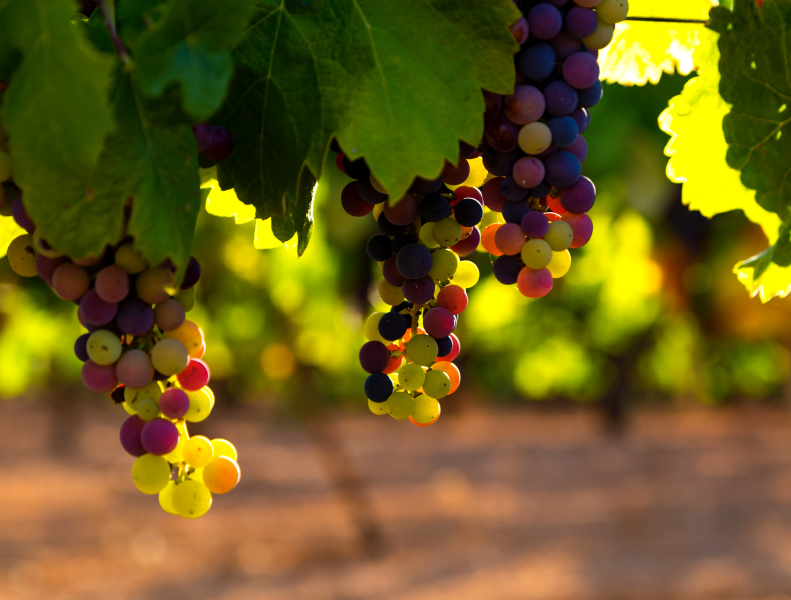
Grape Varieties
White wines are characteristic of La Gomera, especially those made with the Forastera Gomera (Forastera Blanca) variety…
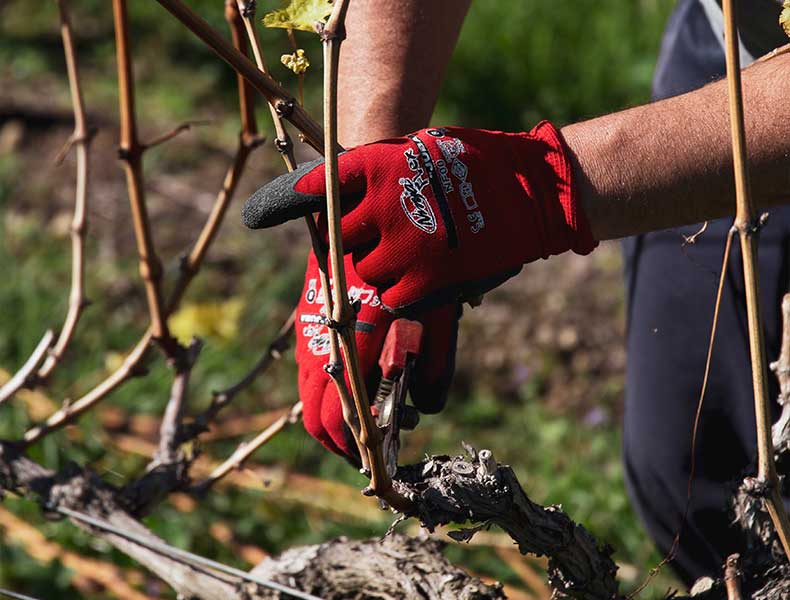
Viticulture
The vineyards of La Gomera are located on terraces that serve to counteract the steep slopes and prevent the natural…
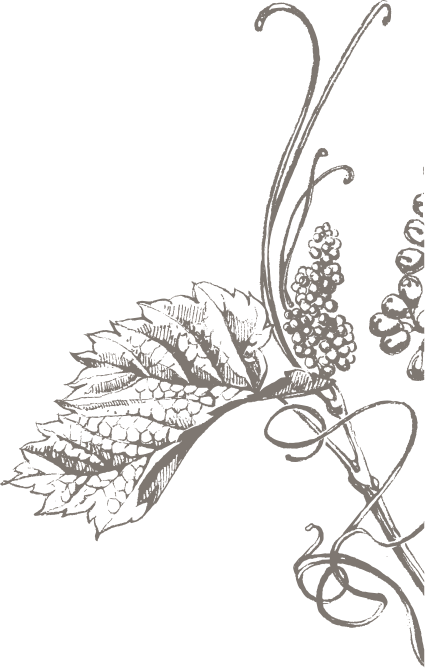

Soil
The Island of La Gomera has been built by the accumulation of volcanic material from eruptions that began 10 million years ago. This forms a dramatic relief of ravines, cliffs and basalt outcrops, with its vineyards sitting at between 300 and 700 meters above sea level.
Climate
Due to its western location, this island is cooled by the trade winds and the Canary current, helping to define a moderate, subtropical climate, with little variability. However, it is the various slopes and altitudes that set microclimates, each with its own exposure, cloud cover and exposure to the Atlantic.

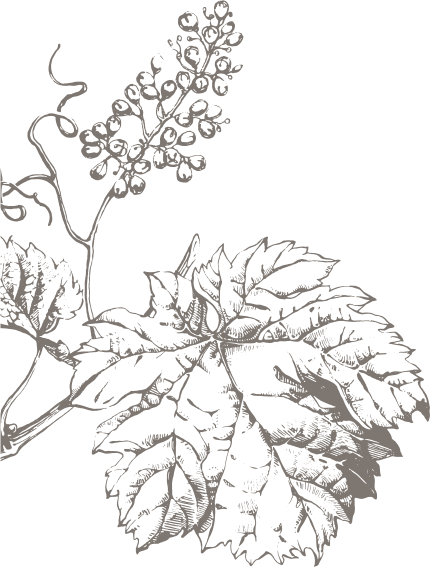
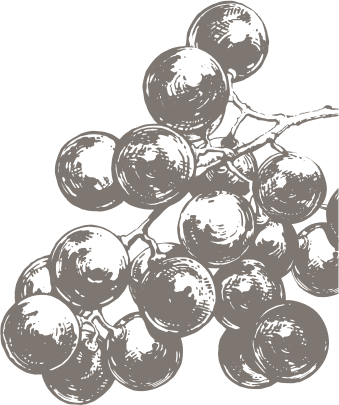

Grape Varieties
White wines are characteristic of La Gomera, especially those made with the Forastera Gomera (Forastera Blanca) variety, which covers three-quarters of the vineyard area. La Gomera is also home to Forastera Negra (Listán Negro), Negramoll, Tintilla, Castellana, Listán Blanco, Malvasía, Gual and Marmajuelo.
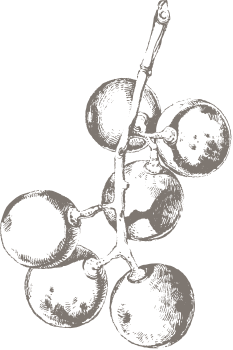
Viticulture
The vineyards of La Gomera are located on terraces that serve to counteract the steep slopes and prevent the natural erosion of the soils. These man-made terraces differ in size and shape, depending on the location, with vines growing in different systems across them.
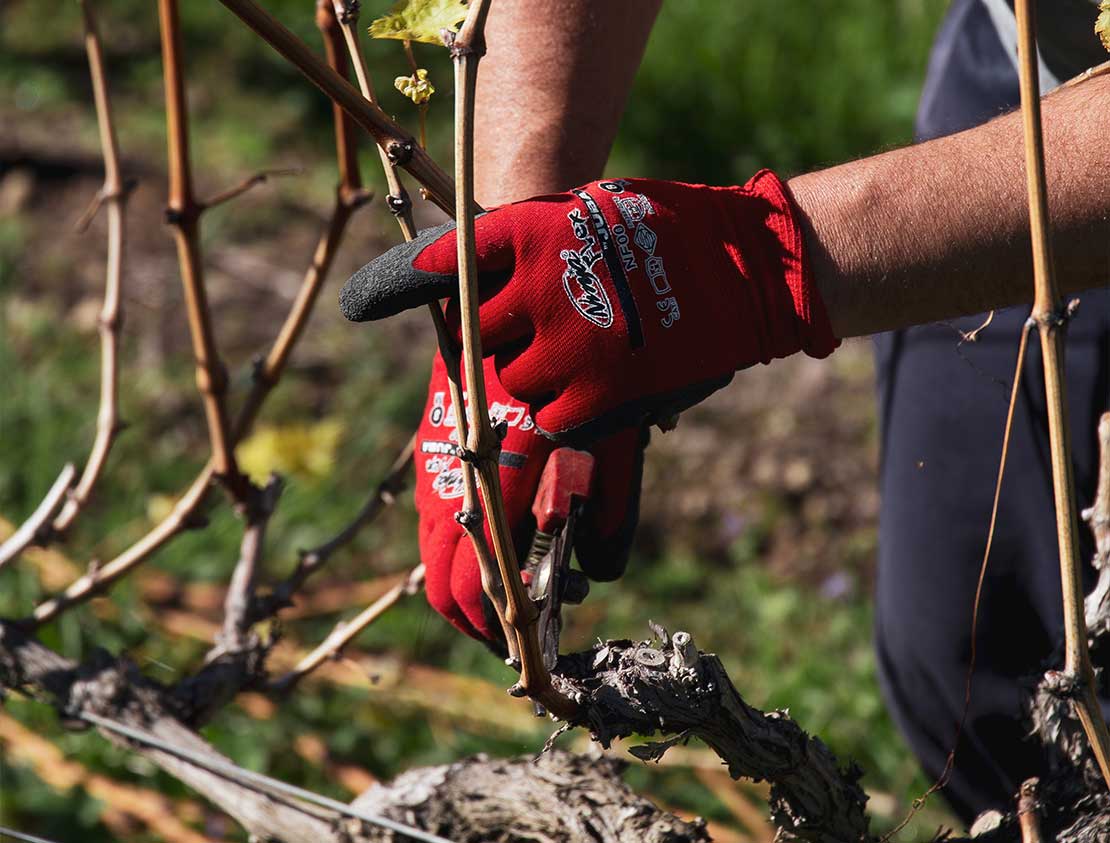
Main Grape Varieties in La Gomera
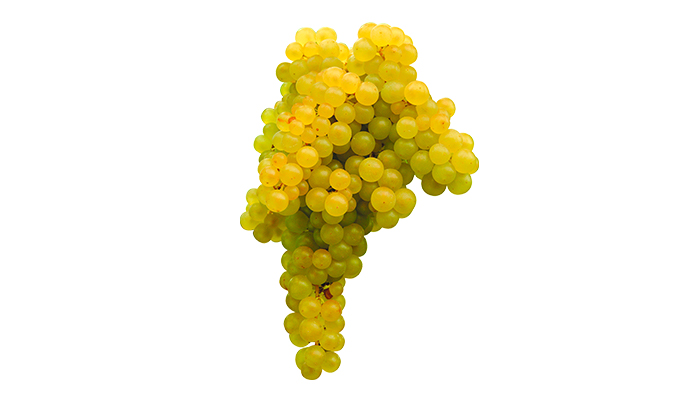
LISTÁN BLANCO
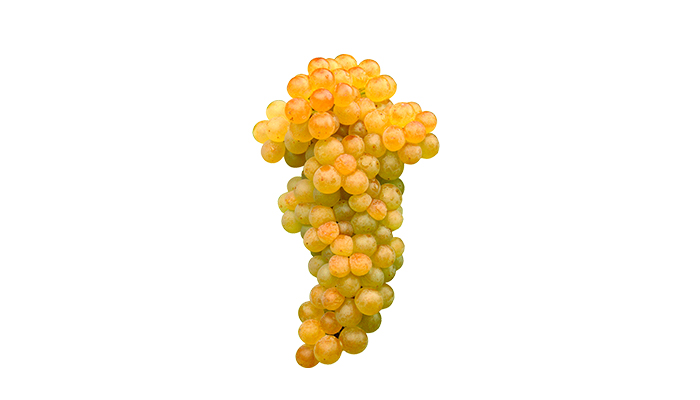
FORASTERA GOMERA
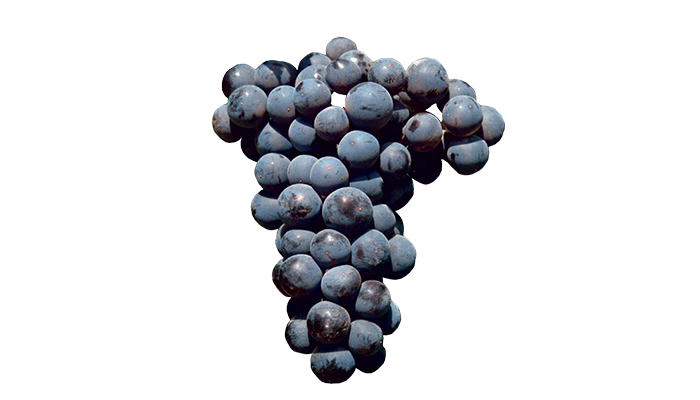
LISTÁN NEGRO
Commonly confused with Listán Prieto, studies show that Listán Negro is actually a natural crossing of Mollar Cano and Palomino Fino. The most planted red variety in the Canary Islands, Listán Negro has a natural affinity with the soils and micro-climates of Tenerife, where it produces strong yields of ripe grapes on its volcanic soils.




| The management of the DOP ISLAS CANARIAS carried out by AVIBO is partially financed by the Government of the Canary Islands with funds from the expenditure budget of the Instituto Canario de Calidad Agroalimentaria |
 |
| Member of the Spanish Wine Federation |
 |
Copyright 2021 DOP Islas Canarias - Canary Wine - Aviso Legal - Política de Cookies - Política de Privacidad


